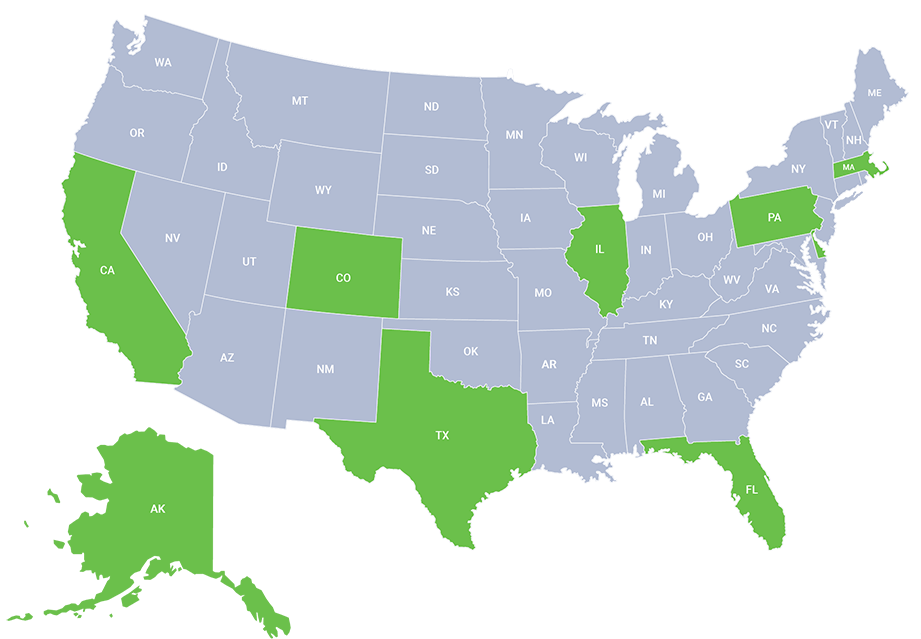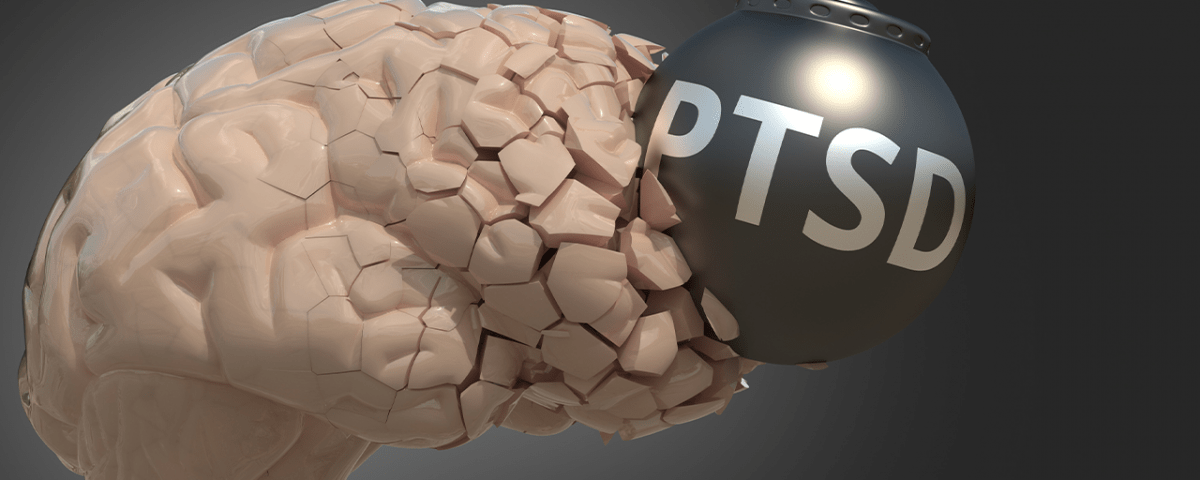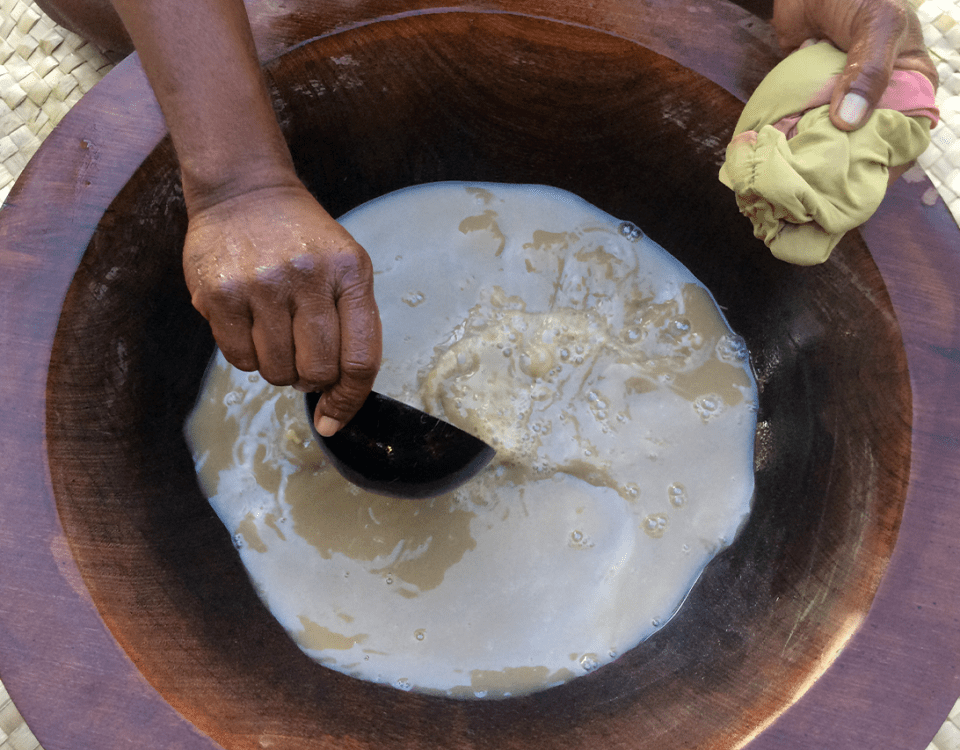1Post-traumatic stress disorder (PTSD) is a mental health disorder that develops in some people who have either experienced or witnessed a shock, terrifying, or dangerous event. While most people recover from the impact of trauma exposure, PTSD occurs in people who are unable to fully heal from the aftermath. PTSD is especially common among veterans and military personnel who have been a part of or witnessed combat, death, and other forms of trauma. As a veterans’ and military rehab center that treats mental illness and addiction in this group, we wanted to share the PTSD history timeline and how we can help those who struggle with this disorder recover.
What Is the History of PTSD?
PTSD is triggered by a terrifying event, such as sexual assault, natural disasters, witnessing a death, and more. Symptoms of PTSD may include flashbacks, nightmares, severe anxiety, and uncontrollable thoughts about the event.
Most people who experience or witness traumatic events may struggle temporarily with adjusting and coping, but with time and self-care, they usually get better. However, if symptoms worsen or last for months or years after the event, the individual likely has PTSD.
The term post-traumatic stress disorder (PTSD) made its first appearance in 1980 in the third edition of the Diagnostic and Statistical Manual of Mental Disorders (DSM-III) published by the American Psychiatric Association.1 And while PTSD is a well-known mental health disorder nowadays, how long has it actually been around?
Below is the history behind PTSD, when it was discovered, its treatment, and more.
Questions about our Facilities or Programs?
Our admissions coordinators are available 24/7 to answer any questions you may have as you consider whether treatment at Banyan is right for you or your loved one.
PTSD First Documented in Historical Literature
Mentions of combat stress or “shell shock” can be found over 2,000 years ago in historical literature, and one of the first mentions of this problem can be found in a story of the battle of Marathon by Herodotus in fifth-century Ancient Greece. Ancient stories of battle trauma and flashback-like dreams were also documented by Hippocrates (4607-377 BC) and Lucretius in the poem De Rerum Natura, which was written in 50 BC.1 Based on these sources, you could say that the history of PTSD in veterans dates back to 2,000 years ago.
Fast forward a bit, and mentions of PTSD flashbacks and nightmares related to battle and combat could be found in the documentation of the Hundred Years’ War between England and France (1337 to 1453). Even Shakespeare alluded to PTSD in various plays, including the famous Romeo and Juliet. In the play, Mercutio tells a lengthy account of Queen Mab, a character who creates nightmares of battle and death in the minds of men that would wake them up at night.1
PTSD In the 1800s
By the 19th century, mentions of PTSD associated with combat and war were merely characterized as “battle exhaustion” or “soldier’s fatigue.” These were references to the repeated forays into battle by traumatized soldiers, causing exhaustion, especially during long hours in active combat. The disorder was thought to relate to exhaustion so much that PTSD was often referred to as the “thousand-yard stare,” which was a reference to the blank look and dissociated demeanor of traumatized soldiers.1
While these terms were coined to refer to PTSD implied that the condition simply came down to exhaustion, further documentation of symptoms said otherwise. For instance, in 1887, at the Salpêtrière Hospital in Paris, physician Jean-Martin Charcot wrote that traumatic experience would later lead to ''hysterical attacks'' that could occur years after the person experienced or witnessed trauma.2
U.S. soldiers who fought in the Civil War further exemplified this claim. Today, the National Museum of Civil War Medicine is still uncovering more information about PTSD related to the U.S. Civil War through an exhibit on PTSD and suicide starting from the 1860s to the modern day.3
However, PTSD wasn’t only the result of combat. Difficult living situations also gave way to trauma, and PTSD symptoms became recognized in history under a host of various names, such as the “railway spine,” which described psychological responses in those who witnessed or endured graphic railroad accidents in the late 19th and early 20th centuries.
By the late 1800s to early 1900s, the “talking cure” – as coined by Sigmund Freud – became a new method to treat PTSD symptoms. These early therapeutic techniques paved the way for therapies like cognitive-behavioral therapy (CBT) and others that are used to treat PTSD today.
PTSD From the 1900s to Modern Day
WWI brought new PTSD awareness. In 1915, the term “shell shock” was introduced to the medical field. This condition produced the same symptoms as PTSD and went on to become the predecessor of the official diagnosis. At the time, shell shock treatments included unorthodox and dangerous methods that ranged from psychoanalysis to drastic and unproven “treatments” of electric shocks.
By the 1950s, treatments for shell shock became more humane, but many wouldn’t admit to any symptoms of trauma due to the developing stigma surrounding PTSD and mental illness in general. Fortunately, however, trauma treatment for shell shock continued to improve through the introduction of group therapy and new psychotropic medications.2
It wasn’t until the 1970s that PTSD gained the national spotlight as countless Vietnam veterans began experiencing a range of psychological problems. In addition to Vietnam veterans, social movements at the time also began to study Holocaust survivors and survivors of domestic abuse.
For instance, in 1974, psychologist Ann Wolbert Burgess and sociologist Lynda Lytle Holmstrom coined the term “Rape Trauma Syndrome” to describe the type of PTSD experienced by women who had undergone sexual assault.4 This research drew more attention to the effects of trauma and gave way to further understanding and the official mention of PTSD in 1980 when the term post-traumatic stress disorder was finally added to the Diagnostic and Statistical Manual of Mental Disorders (DSM).
Following this addition, new treatments emerged to help those with PTSD, including eye-movement desensitization and reprocessing (EMDR). Fortunately, since the beginning of the PTSD history timeline, more therapies and medications have been created to offer individuals with PTSD various effective treatment options.
Getting into treatment is easy with our free insurance verification
"*" indicates required fields
Help for Mental Illness at Banyan
As a veterans and active-duty military rehab program, Military and Veterans in Recovery dedicates our efforts to treating addiction and mental illness in the men and women who have served our country. If you or a loved one has experienced trauma and wants to learn more effective and modern treatment options, we’re here for you.
Call Banyan Treatment Centers today at 888-280-4763 to learn more about our inpatient addiction treatment or mental health program.
Sources:
- NIH - From shell shock and war neurosis to post-traumatic stress disorder: a history of psychotraumatology
- Newsweek - Timeline: The History of Post-Traumatic Stress Disorder and How We Treat it
- Smithsonian Magazine - Did Civil War Soldiers Have PTSD?
- Hastings Law Journal - Rape, Resurrection, and the Quest for Truth: The Law and Science of Rape Trauma Syndrome in Constitutional Balance with the Rights of the Accused
Related Reading:









